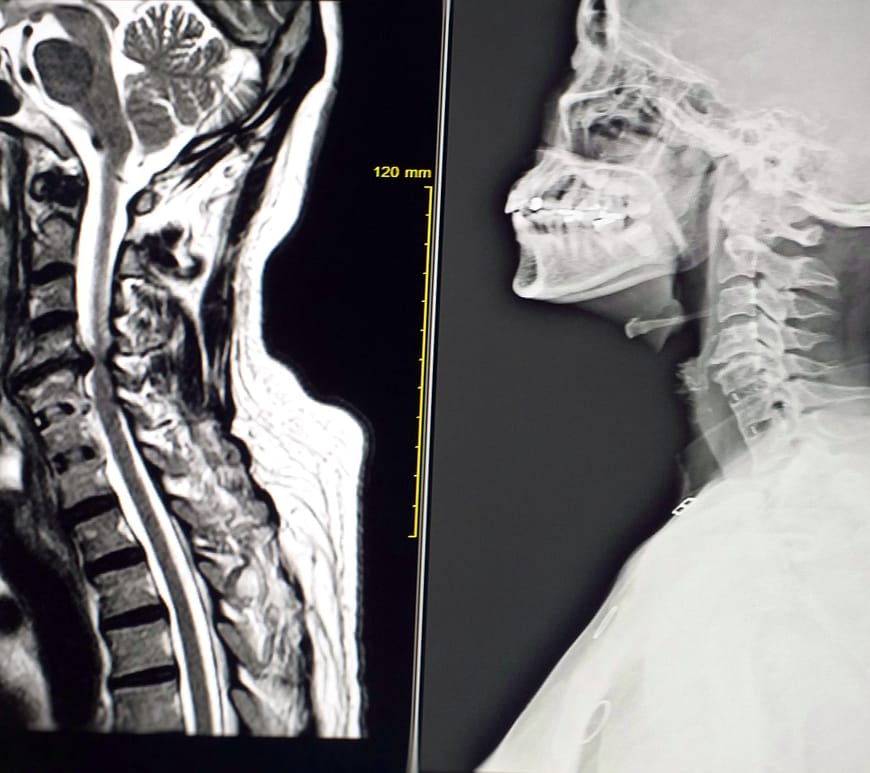
Non-Responsive Cases in Physical Therapy: Two Referral Scenarios Highlighting the Need for Further Investigation
Introduction Referral in physical therapy is not limited to high-risk cases such as cancer, infection, and others. While physical therapy is often effective in managing various musculoskeletal conditions, there are instances where patients do not respond as expected to treatment. In such cases, referral becomes necessary to explore underlying issues and consider alternative interventions. This article presents two cases where patients failed to respond to … Continue reading Non-Responsive Cases in Physical Therapy: Two Referral Scenarios Highlighting the Need for Further Investigation


